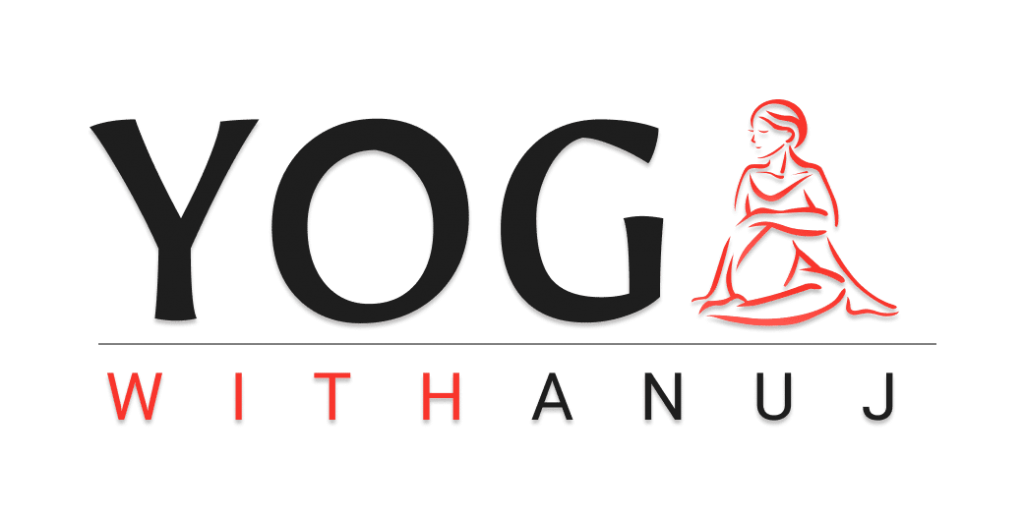There are 2 elements of breathing in yoga – diaphragmatic or abdominal breathing and ujjayi pranayama. I am explaining here the first element of breathing: diaphragmatic or abdominal breathing.
WHAT IS A DIAPHRAGM?
The diaphragm is a domed sheet of muscle that separates the lungs from the abdominal cavity. During deep breathing, it extends downward into the abdomen on inhalation and upward on exhalation. When the diaphragm pushes down on inhalation, the abdomen expands. When it relaxes on exhalation, the abdomen contracts.Movement of the diaphragm signifies that the lower lobes of the lungs are being utilized. It improves lymphatic drainage from the basal parts of the lungs, massages the liver, stomach, intestines and other organs that lie immediately beneath it, exerts a positive effect on the cardiac functions and coronary supply, and improves oxygenation of the blood and circulation.
WHAT IS ABDOMINAL BREATHING?
Deep breathing is essentially diaphragmatic or abdominal breathing. It has been observed to release endorphins into the blood stream, which help cope with pain, fear and anxiety.If you watch a sleeping baby, you will notice the abdomen rising with inhalation and falling with exhalation. They are born with diaphragmatic or abdominal breathing. We were born with it too. However, due to tension, poor posture, restrictive clothing and lack of training, it is often forgotten.
THE CORRECT METHOD OF BREATHING IN YOGA
Controlled abdominal breathing is the correct method of breathing in asanas and pranayama. As a beginner, practice this method of breathing separately first. This breathing can be practiced in standing, sitting and also while resting on your back.Rest both palms on the abdomen. Elbows will point sideways. If you are practicing in shavasana or resting on your back, allow the elbows to comfortably rest on the floor. Now, feel the abdominal muscles. First breath out completely and take your abdomen towards the spine. Now start breathing in and expand the abdomen in 5 seconds. Pause for 2 seconds. Now start breathing out and take the abdomen towards the spine in 5 seconds. Again, pause for 2 seconds. Practice 5-10 rounds. You can practice a few rounds throughout the day, whenever you remember.
INTEGRATING ABDOMINAL BREATHING IN ASANAS AND PRANAYAMA
When you are holding a posture, breath as explained above. 5 abdominal breaths are about a minute of holding the posture. In dynamic asanas, like surya namaskar, you need to move slowly. This way you can coordinate the physical movement with the abdominal movement. It takes a few weeks or months to integrate proper breathing in your asana practice. In the beginning, the mind will resist. With practice, the resistance reduces. This results in quick progress in your asanas.All pranayamas involve controlled movement of the diaphragm. In Nadi Shodhan, integrate 5 seconds inhalation and 5 seconds exhalation, as explained above. In Kapalbhati, inhalation is passive and exhalation is quick, taking the upper abdomen towards the spine quickly. In Bhastrika, both inhalation and exhalation are rapid: the diaphragm is moved continuously with controlled and rapid abdominal breathing. In Bhramari, inhalation is quick and exhalation is slow: the abdomen moves slowly towards the spine as you are producing the humming sound from your throat.
Even for effective Om Chanting, you need to inhale maximum with the help of abdominal expansion and then chant Om with slow and controlled exhalation.

https://bezmotora72.ru/club/user/4883/blog/9598/
Very good https://is.gd/tpjNyL
https://myteana.ru/forums/index.php?autocom=gallery&req=si&img=6924